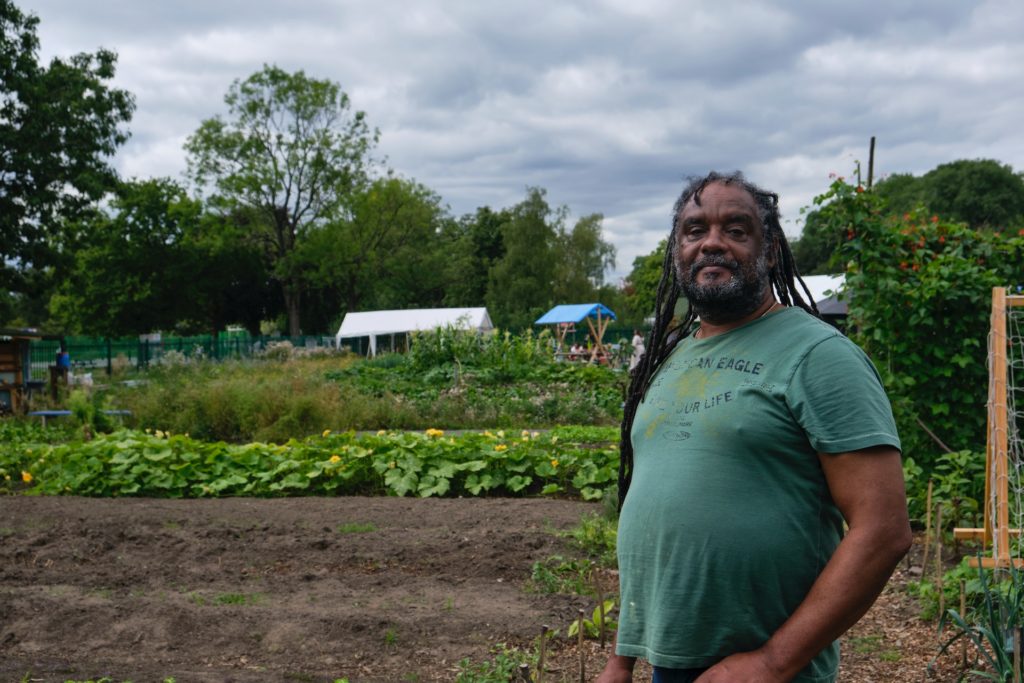
It’s a question as old as time: City versus Country. Can you get more enjoyment from living in the hustle and bustle of the city or having a somewhat quieter life in the countryside? There are obviously faaaar too many things which need consideration which we aren’t even going to attempt to cover today. What we’re here for is to look at that question from the perspective of sustainability. So we’ll discuss sustainable living in both country and city settings, including tips and strategies for reducing your environmental impact. Is one better than the other from a sustainability standpoint?
We’ll start with city dwelling.
Obviously, sustainable living is becoming increasingly important no matter where you live. But there is slightly more emphasis on this in urban areas, where the majority of the world’s population lives. Cities are known for their high energy consumption, waste generation, and carbon emissions, but there are ways to live sustainably in the city.
Cities are responsible for a significant amount of the world’s energy consumption and greenhouse gas emissions. The UN estimates that cities account for 70% of global CO2 emissions. This is due to the high concentration of people, buildings, and transportation systems in urban areas. Sustainable living in the city matters because it can reduce these emissions, conserve resources, and promote a healthier and more livable environment.
Tips for Sustainable Living in the City
1. Use Public Transportation
One of the most effective ways to reduce your environmental impact in the city is to use public transportation. This reduces the number of cars on the road, which can significantly reduce greenhouse gas emissions. Using public transportation also saves money and reduces traffic congestion.
2. Walk or Bike
Walking or biking is another great way to reduce your environmental impact in the city. Walking or biking instead of driving reduces greenhouse gas emissions and air pollution, and it is also a great way to get exercise.
3. Reduce Energy Use
Reducing your energy use in the city can significantly reduce your environmental impact. Simple steps like turning off lights and appliances when they’re not in use, using energy-efficient light bulbs, and unplugging electronics when they’re not in use can all make a difference.
4. Reduce Water Use
Reducing your water use in the city is another way to live sustainably. Simple steps like taking shorter showers, fixing leaks, and using a low-flow showerhead can all reduce water consumption.
5. Eat Plant-Based Meals
Eating plant-based meals is another way to reduce your environmental impact in the city. Animal agriculture is responsible for a significant amount of greenhouse gas emissions, so reducing or eliminating animal products from your diet can make a significant difference.
6. Reduce Waste
We know now that out of sight out of mind isn’t a good motto for thinking of our trash. So recall those R’s (all 7 of them were covered in a short video we did which we’ll put in the description below) and remember that the third one is REDUCE – after Rethink and Refuse. To reduce your waste you first have to say no to more stuff, like single use plastics. Then implement simple steps like the correct recycling and composting. Many cities now have composting programs, and some have even banned single-use plastics.
7. Green Buildings
Green buildings are buildings that use resources efficiently and promote environmental health and comfort. Green buildings reduce energy consumption, water use, and waste generation while promoting occupant health and well-being. Many cities now have green building codes that require new buildings to meet certain environmental standards.

8. Community Gardens
Community gardens are another strategy for sustainable living in the city. Community gardens provide access to fresh, healthy food and promote community development. They also reduce the environmental impact of agriculture by reducing transportation and promoting sustainable growing practices.
9. Sustainable Transportation
Sustainable transportation is another strategy for sustainable living in the city. This includes public transportation, biking, walking, and electric vehicles. Sustainable transportation reduces greenhouse gas emissions and promotes a healthier and more livable environment.
10. Step Outside
Green spaces are a great strategy for making sure you keep sustainable living top of mind. Connecting with nature has been proven time and again to be good for mental health and physical health too. It also means you’ll be more likely to think twice about taking a plastic bag for your produce at the grocery store…because you’ll be connected with why saying no to it matters.
So what about Country Living?
Living in a country or regional area can provide opportunities for a more sustainable lifestyle compared to living in a densely populated urban area. This is because rural areas typically offer more opportunities for self-sufficiency and a connection to nature, which can support environmentally responsible choices.
Sustainability encompasses a wide range of practices aimed at reducing environmental impact and preserving natural resources for future generations. In a rural setting, some examples of sustainable living practices might include:
1. Growing your own food
Living in a rural area provides access to land, which can be used for gardening and growing vegetables and fruit trees. This reduces the need for buying produce from supermarkets, which often have a large carbon footprint due to transportation and packaging.
2.Using renewable energy sources
Rural areas can have a more abundant supply of sunlight and wind, making it easier to install solar panels or wind turbines for generating renewable energy. This reduces reliance on fossil fuels and decreases carbon emissions.
3.Conserving water
Living in an area with limited water resources can encourage more mindful water usage. This might include collecting rainwater for gardening, installing low-flow faucets and toilets, and reducing water waste by repairing leaks. And of course, don’t forget to pop a bucket under your shower while you wait for the water to warm up!
4.Supporting local businesses
Rural areas often have a stronger sense of community, and supporting local businesses helps to stimulate the local economy and reduce the carbon footprint associated with long-distance transportation.
There’s no doubt that there are definitely unique opportunities for sustainable living when you live in a country location. But it’s not all upside…one of the biggest challenges when it comes to reducing your environmental impact, is that you likely need to rely on a car for getting around. So here’s some helpful steps you can take to minimize your carbon footprint and help offset the need to drive.
1.Drive efficiently
The way you drive can significantly affect your fuel consumption and carbon emissions. To reduce your environmental impact when driving, you can try to drive smoothly, avoid sudden accelerations and decelerations, and maintain a steady speed. You can also ensure that your tires are properly inflated, which can improve fuel efficiency.
2.Carpooling
If you live in an area with other people who need to travel to the same destination, consider carpooling. Carpooling can reduce the number of cars on the road, thereby decreasing carbon emissions and saving money on fuel costs. And it’s a great way of being social!
3.Use a fuel-efficient vehicle
If you need to buy a car, consider choosing one with good fuel efficiency, such as a hybrid or electric vehicle. This will reduce your reliance on fossil fuels and decrease your carbon footprint.
4.Offset your carbon emissions
Although it is not possible to completely eliminate the carbon emissions associated with driving, you can offset your carbon footprint by investing in carbon offset projects. These projects might involve planting trees, investing in renewable energy, or supporting clean energy initiatives.
5.Choose active transportation
While it may not be feasible for every trip, you can also consider alternatives to driving, such as walking or cycling. This can be a great way to reduce your carbon footprint, improve your health, and enjoy the natural beauty of the where you live.
Another challenge for those living in the country is waste management, with less frequent and reliable recycling. So make sure you contact your local council to find out what, where and when you can recycle. We can’t recycle our way out of our environmental damage and the climate crisis, but we do have to do it right!
No matter we live, it’s time to apply a sustainable lifestyle lens. And as we’ve explored these tips, it’s easy to see that the majority of these sustainable living decisions aren’t difficult to apply.



